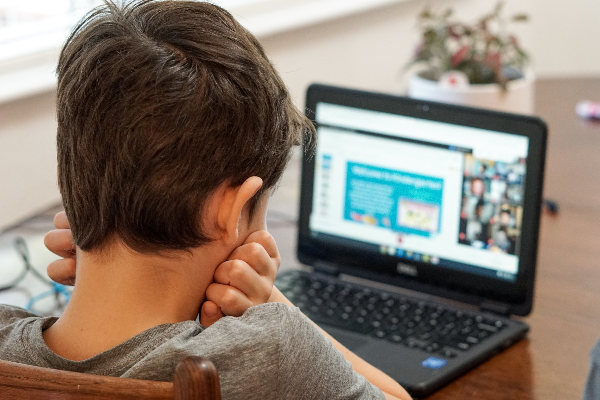We are in the Age of Information, where technological advancements are at the forefront of our evolution as a society. Technology has revolutionized the way we communicate, offering innovative tools and applications that provide exciting opportunities to enhance speech and language development. In this blog post, we will explore some of these technological advancements and highlight how they can supplement traditional speech therapy sessions, benefiting individuals of all ages and abilities. Here are some innovative tools and apps for speech & language development:
Augmentative and Alternative Communication (AAC) Apps:
Augmentative and alternative communication apps help individuals with communication difficulties express themselves. These apps enable users to communicate using symbols, pictures, or text-to-speech capabilities:
Articulation Apps:
Articulation apps focus on improving speech clarity and pronunciation. They offer interactive exercises and games targeting specific sounds, allowing users to practice and refine their articulation skills independently.
- Articulation Station
- One-Minute Articulation App
- Speech Sounds Visualized
- Speech Therapy Toddler: Miogym
Language Development Apps:
These apps cater to a wide range of language skills, including vocabulary building, grammar, comprehension, and storytelling. They utilize interactive features, visuals, and audio prompts to engage users in language-based activities:
Voice Therapy Apps:
Voice therapy apps assist individuals with vocal disorders or difficulties, offering exercises and tools to improve vocal quality, pitch, volume, and breath control. They guide users through vocal exercises and provide visual feedback, allowing for self-monitoring and progress tracking.
Social Communication Apps:
Social communication apps focus on improving pragmatic language skills and social interactions. They provide visual prompts, social stories, and video modeling to support individuals with autism spectrum disorder (ASD) or other social communication challenges.
Technology has opened up new possibilities for speech therapy, enhancing speech and language development in individuals of all ages and abilities. From augmentative and alternative communication apps to articulation, language development, voice therapy, and social communication apps, there is a vast array of tools available to supplement traditional speech therapy sessions. Incorporating these innovative resources into therapy programs can boost engagement, motivation, and progress.
However, it is crucial to remember that technology should complement, not replace, the guidance of qualified speech-language pathologists. These innovative tools and apps for speech & language development are most effective when used under the guidance and supervision of professionals who can tailor their usage to individual needs. By harnessing the power of technology and embracing these innovative tools, we can continue to empower individuals on their speech and language journey.
Disclaimer: The information provided in this blog post is for informational purposes only and should not be considered a substitute for professional medical advice. We do not assume liability for any adverse effects or damages arising from the use of the mentioned apps. While we have researched these apps to the best of our knowledge, it is recommended to consult with a licensed speech-language pathologist or healthcare professional for personalized advice and guidance.
Check out our Speech Therapy Services page for more information!












